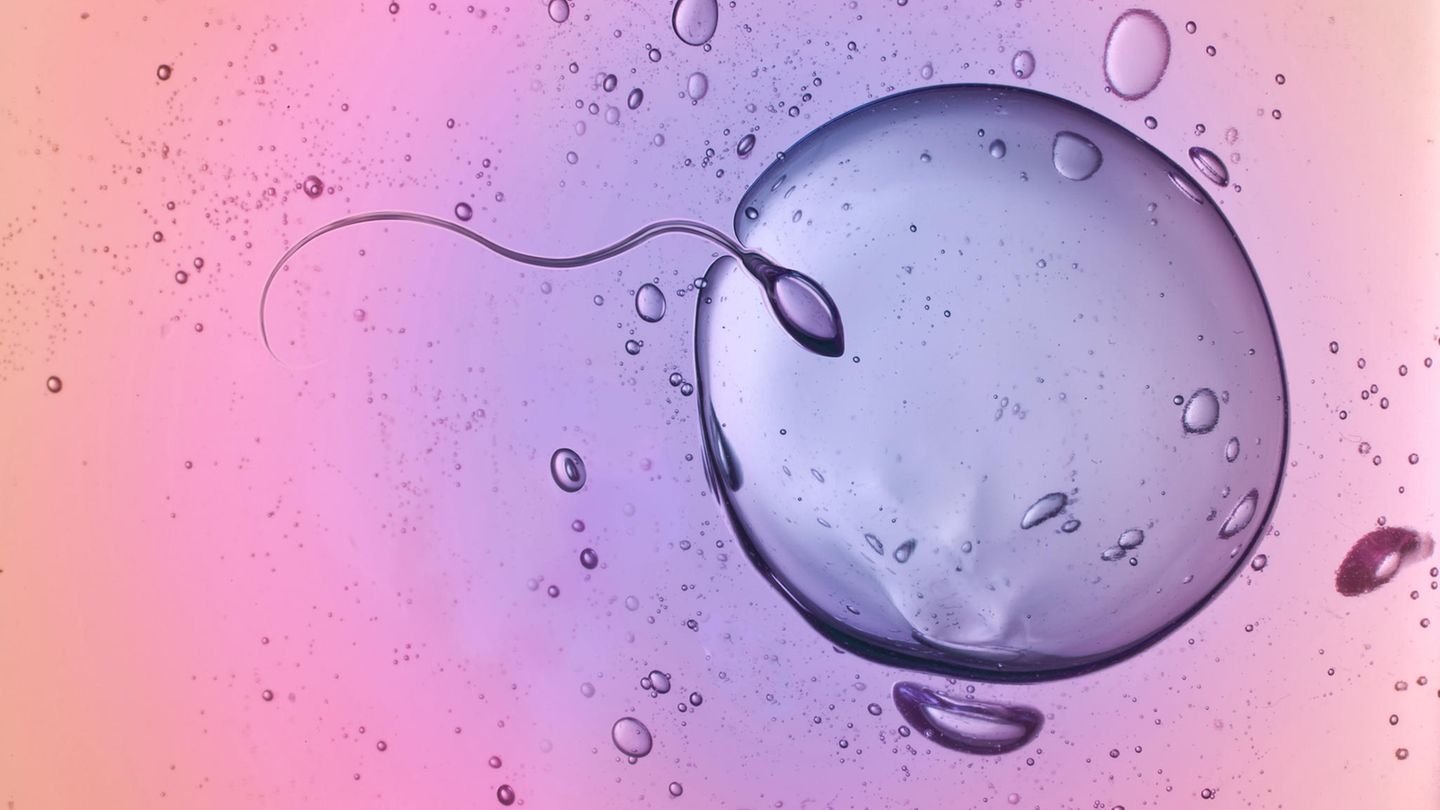Easily explained
In vitro fertilization, or IVF for short, is a method of artificial insemination. How exactly does it work? And what are the chances of having a child?
In vitro fertilization – what exactly is it?
In most cases, the woman must first undergo hormone treatment. This is intended to stimulate the ovaries to allow several eggs to mature at the same time. When the eggs are mature, the doctor removes them and combines them with the man’s sperm in a laboratory glass. This is where the name comes from: “in vitro”, which means “in the glass”. Unlike intracytoplasmic sperm injection, or ICSI for short, the man’s sperm is not injected into the egg. In classic IVF treatment, fertilization is intended to take place spontaneously.
If fertilization is successful, the fertilized eggs continue to develop in an incubator. No later than six days after the egg collection, a doctor transfers one to a maximum of three embryos into the woman’s uterus.
When is such an intervention necessary?
In vitro fertilization is suitable for couples who want to have children but for whom other infertility treatments, such as insemination (sperm is transferred into the uterus), have not been successful. Damaged fallopian tubes, for example after an operation, or a man’s limited fertility also justify in vitro fertilization.
What are the chances of getting pregnant?
About one in five treatment cycles is successful and a birth occurs. However, the chances of success vary greatly – they depend on the woman’s age and the fertility problem present.
What are the possible risks?
If two or three embryos are transferred, a multiple pregnancy can occur with corresponding risks for mother and children. The entire treatment process can be perceived as emotionally and physically stressful. There is no guarantee that in vitro fertilization will be successful and that a child will be born.
In rare cases, the hormone stimulation can cause abdominal pain, nausea and feelings of tension. Shortness of breath or blood clotting disorders can also occur. In very serious cases, the affected woman must be treated in a clinic to prevent further complications.
How much does in vitro fertilization cost?
If both the man and the woman have statutory health insurance, the costs are around 3,000 euros per treatment. The health insurance company usually covers half of the costs for the first three attempts, but only for married couples where the woman is between 25 and 40 years old and the man between 25 and 50 years old. If the partners have private insurance, these age limits do not apply and the couple does not usually have to be married in order for the costs to be covered. The regulations of private health insurance companies sometimes vary greatly. It is therefore worth clarifying whether the costs will be covered before starting treatment.
Source: Stern
I’m Caroline, a journalist and author for 24 Hours Worlds. I specialize in health-related news and stories, bringing real-world impact to readers across the globe. With my experience in journalism and writing in both print and online formats, I strive to provide reliable information that resonates with audiences from all walks of life.




